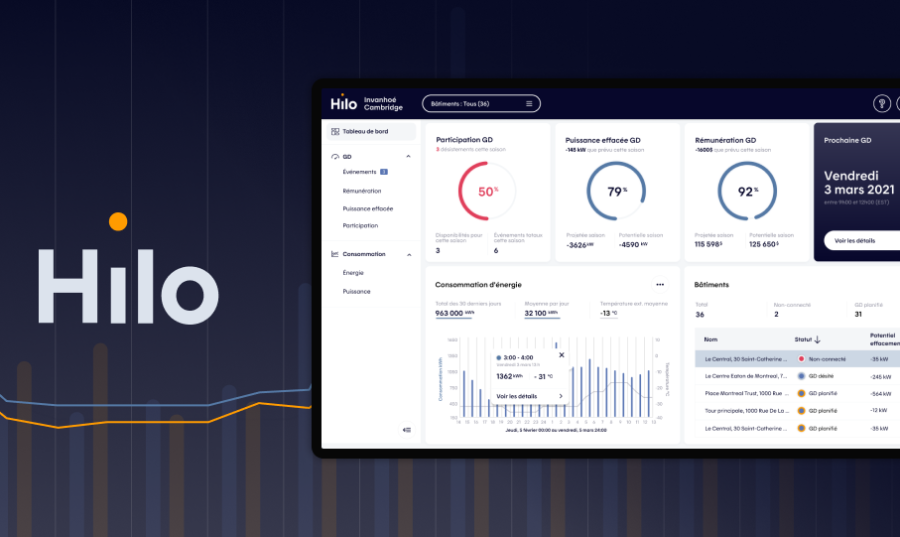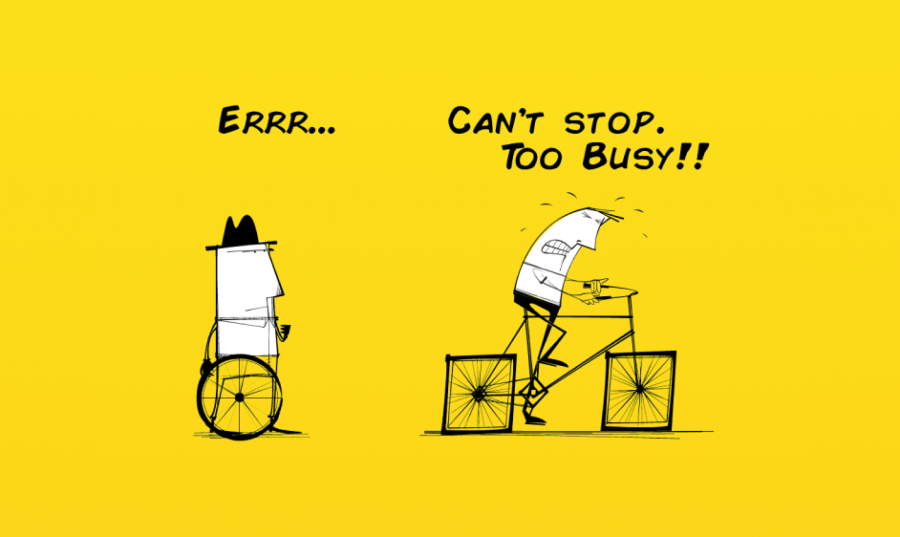Discover how mastering design tools, learning code basics, and collaborating effectively with developers can help you become a UX powerhouse!
As a designer with over 18 years of experience, I’ve witnessed the evolution of the digital landscape. The line between design and development is becoming increasingly blurred in today’s world. Making it essential for designers like you and me to have stronger technical skills. Ensuring that our designs are pleasing not only for the user but also for the development team.
In this article, we’ll explore how understanding coding basics and front-end languages can help us work closely with developers. By honing our technical skills, we can become a more versatile, foster collaboration with our developer teammates, and ultimately, create more value for the user.
So, put on your developer hat and discover how you can elevate your UX design career by embracing technical knowledge. Together, we can bridge the gap between design and development.
This article will cover the following points:
- Understanding the Technical Landscape
- Collaborating with Developers
- Designing for Accessibility and Performance
- Prototyping and Testing
Let’s start by going over the importance of understanding the technical landscape.
Understanding the Technical Landscape
In my experience, a designer whose expertise goes beyond the design tools, such as front-end languages, is more likely to create exceptional user experiences. However, new designer tools make the connection between design and code more tangible.
Keep Up With New Design Tools and Software
Getting familiar with popular design tools like Figma, Sketch, or Adobe XD (RIP) is essential. Figma and other design tools play a significant role in bridging the gap between designers and developers. It does so by streamlining the design process and facilitating collaboration.
Here’s how Figma, in particular, helps to bridge the gap:
- Real-time collaboration: Figma allows multiple team members to work on a design simultaneously, making it easy to share ideas, iterate, and provide feedback. Designers and developers can collaborate in real time, reducing miscommunication and ensuring everyone is on the same page.
- Handoff and developer-friendly features: Figma provides developers easy access to design specifications, such as measurements, color codes, and typography details. With these features, developers can quickly understand and implement design elements, ensuring the final product stays true to the original design vision.
- Version control and history: Figma keeps track of design changes with its version history, making it simple to track progress, revert to previous versions, or compare different design iterations. This transparency in the design process helps developers stay informed about design decisions and adapt their work accordingly.
- Prototyping and interactive components: Figma’s prototyping capabilities allow designers to create interactive mockups, which help developers understand the intended user flow and interactions. By experiencing the design firsthand, developers can better implement the desired functionality and user experience.
- Integration with other tools: Figma offers integrations with various project management, communication, and development tools, such as Jira, Slack, and GitHub. These integrations make it easier for designers and developers to stay connected and collaborate throughout product development.
Leveraging Figma’s collaborative features helps designers and developers to work together more effectively. Reducing miscommunication and ensuring a smoother transition from design to implementation.
Learn The Basics of Coding and Front-end Development
While you don’t need to be a full-fledged developer, understanding HTML, CSS, and JavaScript is a game-changer. Trust me, I’ve been there! It lets you communicate more effectively with developers, ensuring your designs are implemented as intended.
Here are some examples of how this knowledge can benefit both sides:
- Improved communication: Understanding developers’ languages allows designers to communicate their ideas and design requirements more effectively. This shared vocabulary helps prevent misunderstandings and streamlines collaboration. Example: A designer who knows CSS can clearly explain their intentions for a specific animation or transition, ensuring the developer implements it accurately.
- Design feasibility: Designers with coding knowledge can better assess the feasibility of their designs, considering potential technical limitations and constraints. This understanding helps avoid potential roadblocks during implementation. Example: A designer who understands JavaScript can create designs that account for asynchronous data loading, avoiding unrealistic expectations for instant content display.
- Empathy and collaboration: When designers grasp front-end languages, they can empathize with developers’ challenges and work together to find creative solutions to potential problems. Example: A designer familiar with HTML can suggest alternative design elements more compatible with the existing codebase, making the implementation process smoother for developers.
- Faster iterations and debugging: Designers with coding knowledge can quickly prototype or tweak their designs, identifying potential issues before handing them off to developers. Example: A designer who knows JavaScript can create interactive prototypes that demonstrate specific user interactions, allowing developers to see how these interactions should be implemented and identify potential issues early on.
- A better understanding of design constraints: Knowing the capabilities and limitations of front-end languages helps designers create designs more likely to be implemented accurately and efficiently by developers. Example: A designer who understands CSS can design layouts that are responsive and adapt well to various screen sizes and devices, making it easier for developers to implement these designs.
This mutual understanding leads to better collaboration, fewer misunderstandings, and, ultimately, higher-quality products. I encourage you to dive into the technical side of things. It might seem intimidating at first, but trust me, the payoff is worth it. Give it a shot, and you’ll see the difference it makes in your career!
Now that we understand the technical landscape let’s explore how effective collaboration with developers can lead to successful design implementation.
How UX Designers and Developers Can Work Together
We must work closely with developers to ensure a smooth transition from design to implementation. This collaboration relies on clear communication but also an understanding of technical requirements. We must also willingly participate in code reviews.
Communicating Your Design Intentions Effectively is Key
Being there, done that! I’ve seen how easily misunderstandings can arise when there’s a lack of clear communication. By being specific about your design choices and their reasoning, you’ll help developers understand the end goal, ensuring they can bring your vision to life.
- Using design systems and style guides: Design systems and style guides are game-changers for collaboration. Establishing a shared language and set of components will make it easier for developers to implement your designs consistently and accurately. Plus, it helps maintain cohesive brand identity across your product.
- Translating visual designs into technical requirements: When you break down your designs into actionable tasks and guidelines, you empower developers to implement your vision precisely. Remember, the more clarity you provide, the smoother the development process will be.
Participate in Code Reviews
As a designer, you might not think it’s your job to participate in code reviews, but it’s beneficial for everyone. By engaging in this process, you’ll gain insights into your designs’ implementation and ensure that the end result aligns with your vision.
- Understand the developer’s perspective: When you put yourself in their shoes, you’ll be more empathetic to their challenges, allowing you to work together to find creative solutions. This mutual understanding leads to a stronger, more cohesive team.
- Provide constructive feedback: When you share your thoughts and suggestions with developers, you help them grow and enhance their skills. Remember to be supportive and respectful, fostering a positive environment where everyone feels valued and heard.
As we’ve seen the benefits of collaborating with developers, it’s essential to address the role of performance in bridging the gap!
Crafting High-Performing Product
Performance optimization is a critical aspect of bridging the gap. A well-performing product ensures a smooth and enjoyable user experience, increasing user satisfaction and retention. As a UX designer, you must consider performance while crafting your designs.
The role of UX designers in website and app performance is substantial. While developers handle the technical aspects of performance optimization, you can contribute by making informed design choices.
Why You Should Care About Performance
There are multiple reasons to care about performance. Because it directly impacts the overall success and effectiveness of a product. Here are 2 examples of why performance matters:
- Accessibility: Performance is also an important aspect of web accessibility. Users with slower internet connections or older devices can struggle to access content on poorly-performing websites. By optimizing performance, developers can ensure their digital products are accessible to a wider range of users.
- Cost efficiency: Better-performing websites or apps typically consume fewer resources, which can result in lower hosting and infrastructure costs. Optimizing performance can lead to more efficient use of resources and reduced expenses in the long run.
Balancing aesthetics and functionality is key to creating a successful product. Designing for performance is vital to bridging the gap between design and development.
What A Designer With Technical Skills Can do About Performance
A designer can take several steps to improve performance and the technical side of accessibility in their designs. Here are some examples:
- Prioritize content and features: By focusing on the most important content and features, designers can simplify the user interface. Which may lead to faster loading times and a more accessible experience for users with disabilities.
- Optimize images and media: Reducing the file size of images, and other media assets can significantly improve the performance of a website or app.
- Choose fonts wisely: The choice of fonts can affect both performance and accessibility.
- Design for keyboard navigation: Designers should create easily navigable interfaces using only a keyboard. Allowing users with motor impairments or those who rely on screen readers to access the content more easily.
These steps allow designers to create more inclusive and performant experiences while avoiding back-and-forth in the design hand-off process.
Collaborating on Performance Testing
By working with developers to conduct performance testing, a designer can help identify potential bottlenecks and areas for optimization. For example, If you participate in performance testing sessions with the developers, you’ll provide feedback and suggest design adjustments to improve the loading speed.
With the importance of performance in mind, let’s discuss the value of prototyping and testing in refining UX designs.
Refining UX Design through Prototyping
Creating a prototype helps bridge the gap between designers and developers by providing a tangible representation of the design vision. Enabling both parties to collaborate more effectively.
Here’s how prototyping contributes to bridging the gap:
- Visual communication: Prototypes allow designers to communicate their ideas visually, making it easier for developers to understand the intended user experience, interactions, and design elements. This visual representation helps prevent misunderstandings and ensures everyone is on the same page.
- Early feedback: Prototypes enable designers to gather feedback from developers and other stakeholders in the early stages of the project. This feedback can reveal technical constraints or potential issues, allowing designers to address them before the development begins.
As for helping a designer get better at the technical aspect of product development, prototyping offers several benefits:
- Understanding technical constraints: As designers receive feedback from developers on their prototypes, they begin to understand the technical restrictions and limitations that developers face. This understanding helps designers make more informed decisions, considering user experience and technical feasibility.
- Problem-solving: Prototyping requires designers to think critically about their designs’ technical aspects and work closely with developers to find solutions. This problem-solving experience helps designers develop a more comprehensive understanding of the technical side of product development.
- Code literacy: Some prototyping tools, like Framer or Webflow, require a basic understanding of HTML, CSS, and JavaScript. By working with these tools, designers can become more familiar with coding languages, improving their technical skills and ability to communicate with developers.
Creating a prototype is invaluable in bridging the gap between designers and developers. It fosters collaboration, improves communication, and helps designers develop a deeper understanding of the technical aspects of product development.
Conclusion: The Continuous Evolution of UX Design Mastery
The world of UX design is ever-changing, and staying adaptable is crucial. Continuously learning and experiencing different perspectives helps us to grow, innovate, and remain competitive in the industry.
Strong technical skills empower you to collaborate effectively with developers. Ensuring that your designs are implemented correctly. Not only will you become a more versatile and valuable designer, but you’ll also foster stronger connections with your developer teammates.
Keep learning, stay curious, and embrace the challenges. After all, collaboration is what drives innovation. Let’s work together!



